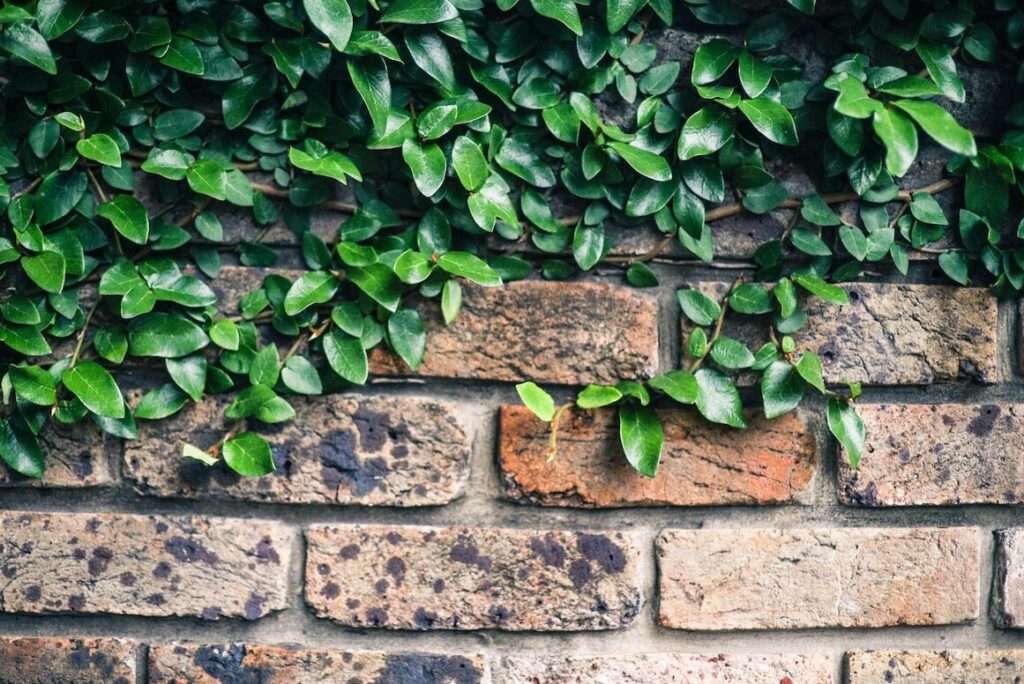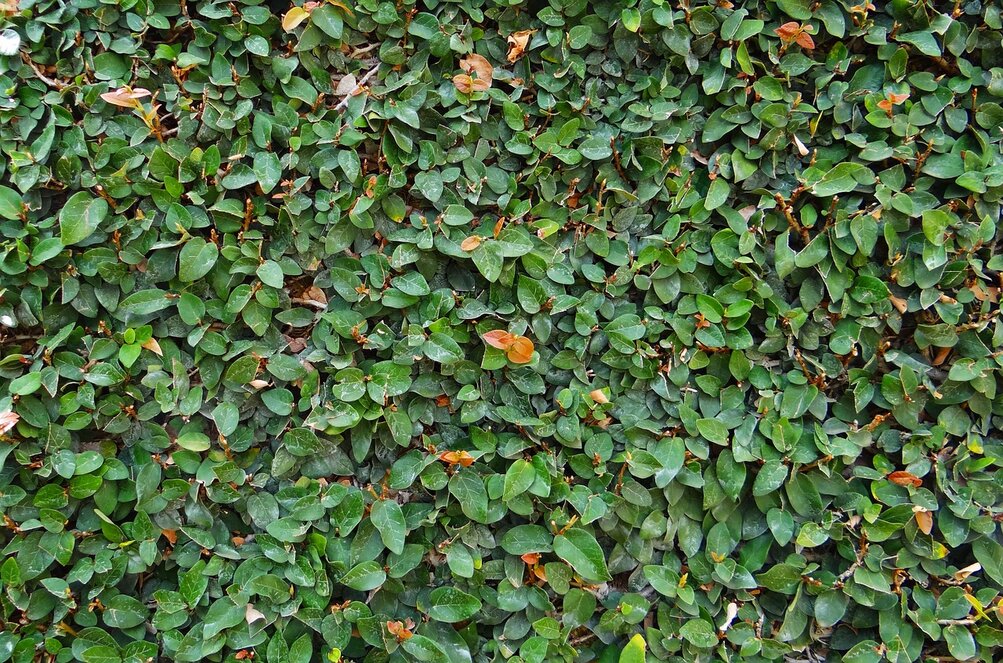The stem-cutting is the most common method to propagate the Creeping Fig plant effectively. The other methods are seed germination and ground layering. Creeping fig plants can easily adapt to different environmental conditions. It is a good decoration for walls, patios, and porches. It has heart-shaped attractive leaves that make it visually appealing. It is available in areas that are in the USDA hardiness zone of 8- 11. It grows faster so it needs regular pruning to keep its aesthetic look. It has high drought tolerance and poor soil salt tolerance.
About Creeping Fig Plant
The creeping fig plant, also known as the climbing fig is a flowering plant that belongs to the genus Ficus and Moraceae plant family. The other names of this plant are fig ivy, creeping ficus, and creeping fig vine. Its botanical name is Ficus Pumila. Some of the cultivars of this plant are Snowflake, Arina, Bellus, Sunny fig, Minima, and Quercifolia.
It is a flexible and adaptable plant that can be used to cover walls, pillars, patios, topiary, arbors, and fences. It can also be planted in a hanging basket to create an enchanting and charming space at home or office.

2 Methods to Propagate Creeping Fig plants
Propagating from stem cuttings
Creeping fig plants can be propagated from stem cuttings, seeds, and ground layering. Stem cutting is the most effective method because it develops roots faster.
The best time to propagate the Creeping Fig plant from stem cuttings is when you prune it in spring. Instead of throwing the stems that you pruned, you can use them in propagation.
1. Cut 4 to 6 inches of stem
Wear gloves when you cut the stem of a Creeping fig because it has a milky sap that is toxic and can irritate the skin. Cutting stems is most effective in early spring because it is the season when this plant is growing actively.
2. Root the cuttings in soil or water
If you will root the cutting in soil, you can use a potting mixture of 90% perlite and 10% peat moss. If perlite and peat moss are not available, you can use any well-draining potting mix that you preferred. Plant the stem cuttings and moisten the soil to keep the plant hydrated.
If you will root the cutting in water, use freshwater, distilled water, or tap water without chemicals. Dip the cuttings in the water. Use a transparent container to easily monitor the development of its roots.
Rooting hormone is optional because creeping fig develops roots easily. You can use rooting hormone if you want to speed up root development so you can transplant it the soonest time possible.
3. Cover it with a plastic bag
The plastic bag will lock in moisture and keep high humidity in the plant. It also protects the plant from any pests, diseases, and cool weather. Take off the plastic bag when the temperature rises to maintain the right humidity level and prevent bacterial growth. Repeat it every day until the stem cuttings develop numerous roots. Root development typically takes up to 8 weeks.
4. Transfer the cuttings to your preferred area
When numerous 1-inch roots are developed, you can transfer them to your preferred area based on how you want to grow them. Consider the light, temperature, and humidity when finding an ideal place to grow your plant. It can also thrive in different types of soils such as clay, acidic, loam, sand, and slightly alkaline.
5. Monitor its growth regularly
It grows fast so it must be monitored regularly to keep its aesthetic look. Pruning it in spring will help you to maintain its shape. Regular monitoring will help you to grow it effectively. Take good care of it by keeping the soil moist, maintaining the right level of humidity, and pruning it regularly.
Propagating from ground-layering
1. Choose a stem from the parent plant
Choose a healthy stem to propagate it effectively. Remove the leaves on the part where they will be buried. Bend the stem in a U-shape and make a shallow cut to create a wound.
2. Cover the stem with soil or peat moss
Cover the part where you cut it with peat moss. Bury the stem securely and make sure that it will not pop out to accelerate root development.
3. Transfer it to a new pot
It can be transferred to a new pot after 6 to 8 weeks when numerous roots are developed.
Is Creeping fig easy to propagate?

The level of difficulty in propagating the Creeping fig depends on the method used. Stem cutting is the easiest way to propagate and grow Creeping fig plants. It is the most used method in multiplying this plant.
Seed germination is another method but Creeping fig rarely flowers especially indoors so it is hard to gather its seeds.
Ground layering is another effective method to increase your Creeping fig collection. This plant can propagate on its own when its stems touch the ground. It can also be done manually if you want to use this method.
It is easy to propagate this plant even if you are a beginner. The best season to propagate it is on spring when it is growing actively.
How fast does creeping fig grow?
The creeping fig is a fast-growing evergreen plant that typically grows one foot per year. Its growth rate substantially rises as it matures. Pruning can restrict its growth to control its size, and keep it clean, and within bounds. This plant can reach up to 15 feet in length and can take up too much space if you will not prune them regularly.

Conclusion
Stem cuttings and ground layering are the easiest ways to propagate Creeping fig effectively. It is highly adaptable so it can easily grow in different environmental conditions. It is fast growing so it must be pruned in spring to restrict its growth, maintain its desired shape, and promote healthy growth. It can be grown in different ways such as along various surfaces, up and down in hanging baskets, and ground covers. It is an excellent plant that can add beauty to your environment.

Elizabeth Mcmillan is a passionate gardener with a strong interest in plants. She used to be a teacher, but Elizabeth has spent the last few years immersing herself in the world of plants, learning about their biology and cultural value and trying out different ways of growing them in her own garden. Elizabeth Mcmillan loves indoor plants, succulents, and cacti, and her friends and family know her as a plant care expert.








